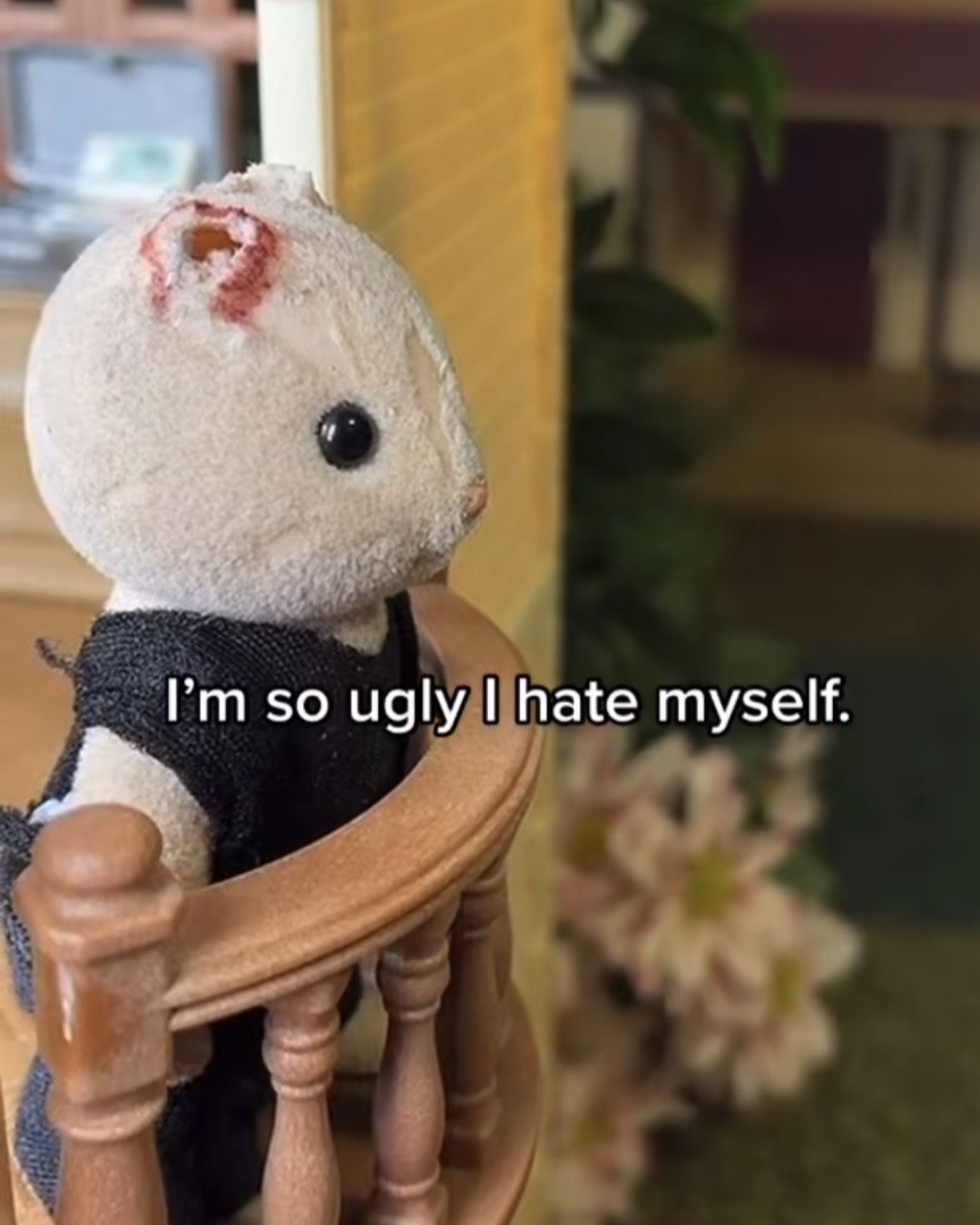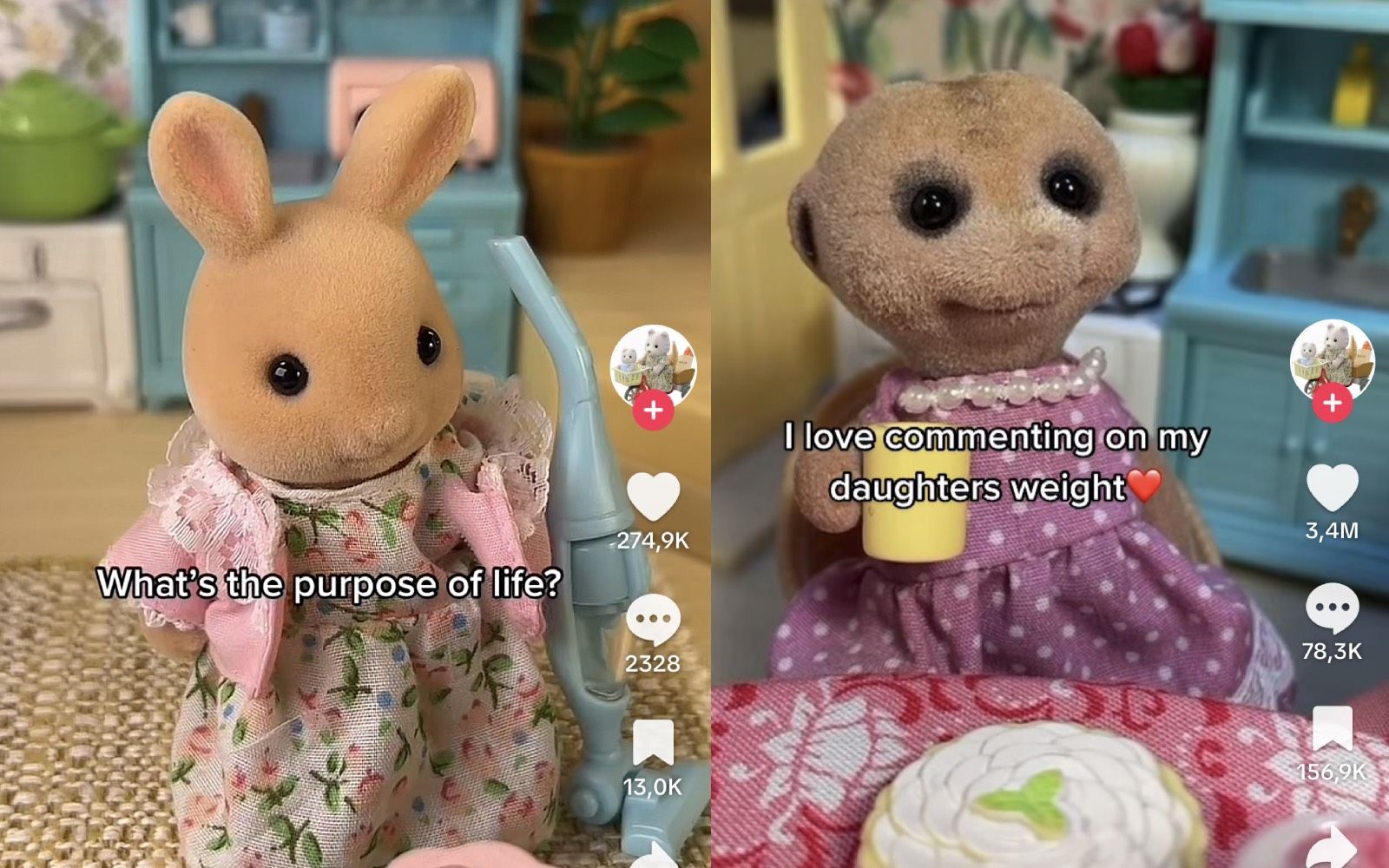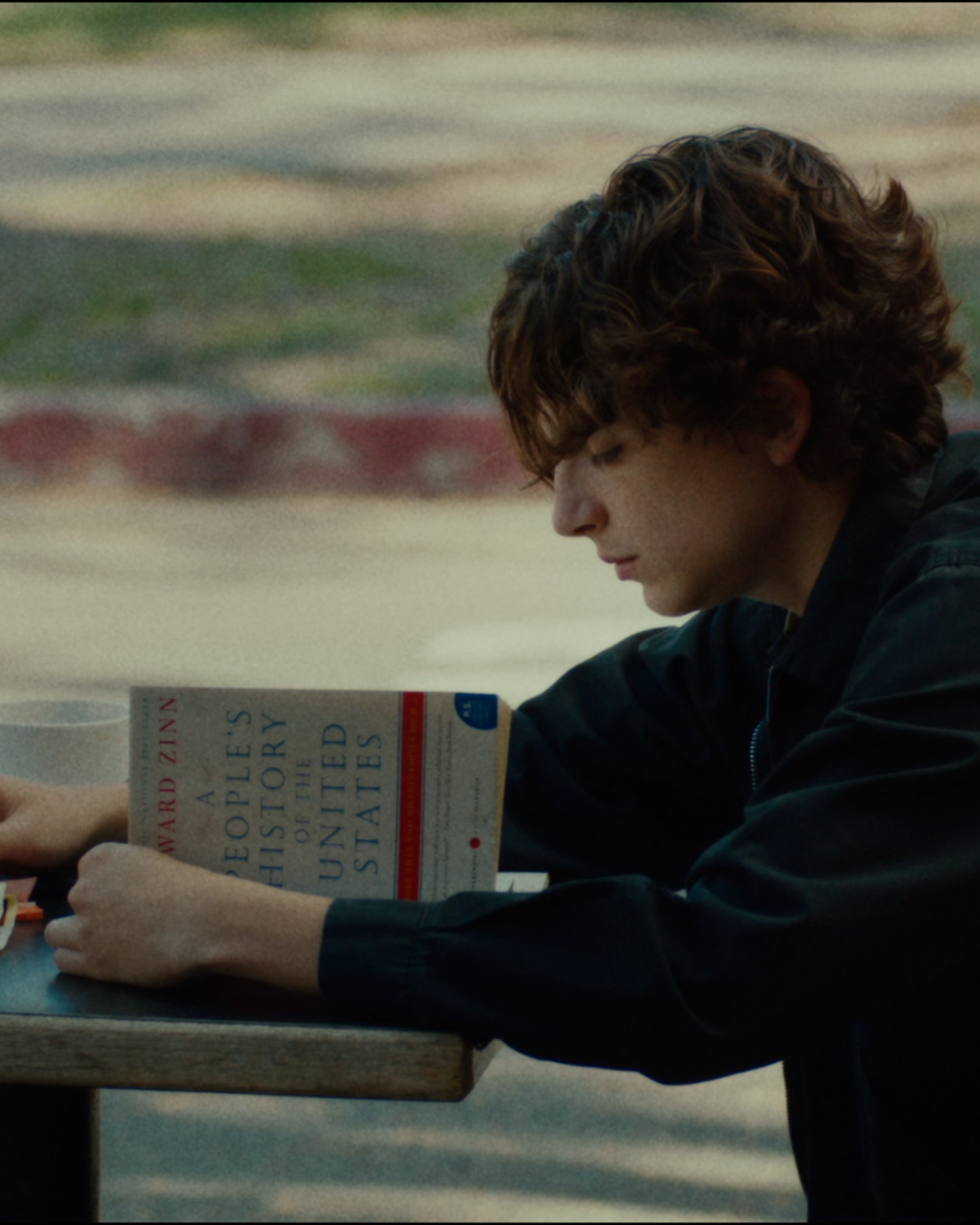
Gen z's obsession with childhood explained Kidcore, toys, feminism and trauma
If the past fashion weeks have taught us anything, it is that fashion today is made with the end consumer in mind. From the sleek, rock and roll minimalism of De Sarno at Gucci to the chic repetitiveness of Vaccarello for Saint Laurent, the fashion month that has just ended confirms the appeal of Quiet Luxury to VICs the world over. But, as if travelling in a parallel lane, there is also a fashion that screams, screeches, and to the sound of bows, vivid colours and blazing femininity, claiming a right, that of childhood, which for Gen Z has become almost an obsession. From the ribbons of Sandy Liang to the puppy prints of Acne Studios, via Simone Rocha, Cecile Bahnsen, Molly Goddard and the kidcore peaks of Louis Vuitton by Pharrell Williams and JW Anderson, a large slice of the industry has intercepted the TikTok generation's passion for regression, cross-dressing and escapism. Whether cinema, clothing, plastic arts or even just the everyday dreaminess of our dreams, childhood or the nest of Pascolian memory becomes, in difficult times, a safe haven to escape from the complexity of the present. However, on the Chinese platform, a new trend witnesses a sometimes grotesque evolution of the trend, in which barbies and puppets suddenly become anything but innocent and cynically tell stories of betrayals, quarrels, eating disorders and depression.
In a video by TikTok user @belatown, Violet from the Disney film The Incredibles returns home early from university to find her mum engaged in 'carnal relations' with her boyfriend, @joliechienne's 'Barbie Life in the Traphouse' series recounts the day-to-day events of a Barbie dream house turned into a drug den crawling with neglected children. Elsewhere, @dolldramaaa has created a short but unforgettable 10-part series that begins with an American Girl Doll couple's marriage falling apart when the fed-up husband cheats on his alcoholic wife with a stripper, while @sylvaniandrama sees the idyllic Sylvanian Families dolls engaged in soap opera narratives about Jeffrey Epstein. A new wave of creators as told by Dazed, who stage videos of toys as they act out disturbing scenarios through formats ranging from improvisation to scripting, from spoken word to captions. TikTok in effect has become the catalyst and mirror of a transmedia obsession in which the myth of childhood crashes against the problems of adulthood, a cringe-worthy amalgam that on Instagram translates into the wave of memes starring Sanrio characters (such as @sanrio_fangirl, @sad.riooooo and the very Italian @mymelodyseilatop) as well as in the social channels of an undergrowth of artists, Yoshitomo Nara's children, who portray the disturbed world of children and puppies portrayed in oil while wielding knives, matches, firearms (including @dayrisfelix, @mcfriendy, @woodland_ghost).
Last year saw the advent of Kidcore, a renewed interest in objects and childhood imagery to the tune of Tamagotchi, Nintendo DS and 2.1 billion views on TikTok. In the specific case of the female universe, however, there was a seismic shift in the way women's interests are perceived in society. The contemporary taste for the hyperfeminine succeeds where subcultures Nymphet, Twee, Preppy or the Japanese Lolita, Nanchatte Seifuku and Kogal have failed. If lace, pink, skirts and bows have long been considered synonymous with fragility, innocence and 'domestication' in the service of the male gaze's complacency, today the childish aesthetic represents a feminist reconquest of things that women have deprived themselves of over the years in order to represent themselves as valid in the eyes of themselves, men and the world. TikTok's disturbing doll narrative deepens the trend by confirming that childhood for Gen Z is definitely an obsession.
In an era of uncertainties - economic, social, environmental - the new responsibilities of young adults are unsustainable and so an entire generation takes refuge in the myth of childhood, hoping that their parents will pay the rent, bills and monthly shopping forever, amidst rampant inflation and minimum wage struggles. As Nadira Begum explains via Polyester Zine, «nostalgia is essential in the process of reclaiming youth, and the endorphin rush you get from seeing a beloved symbol of your adolescence is a feeling that cannot be replicated elsewhere. When you press the play button on that film or record, everything else fades away and suddenly you are a child again, free of the burdens of adulthood.» Yet there is no escape from reality: the contemporary with all its complexities leaks out in a riot of pinks and dolls, and the dream is shattered in talk of rehab and various traumas.


























































